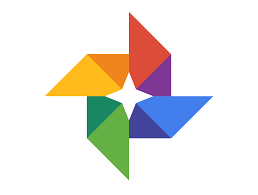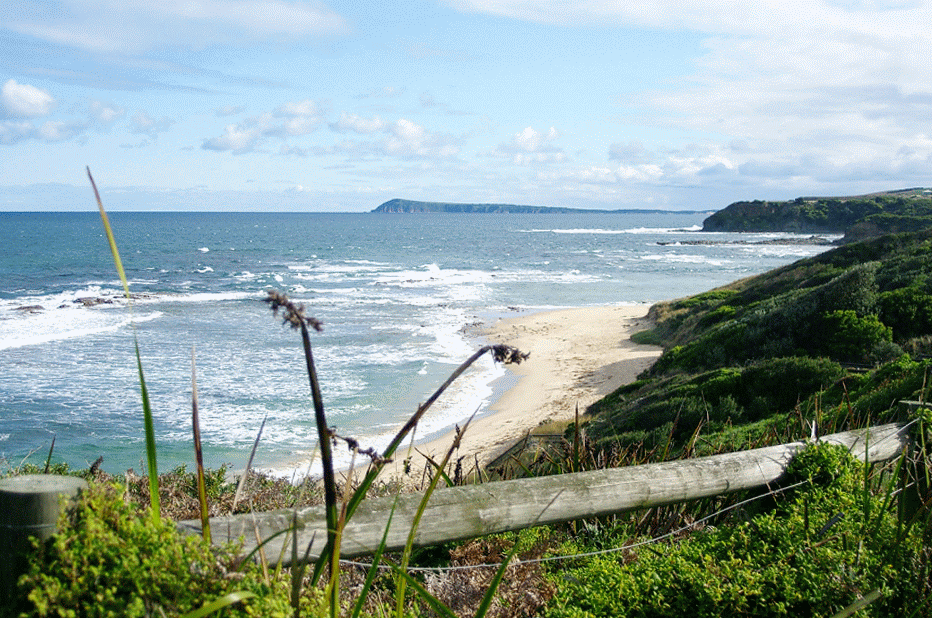The new apps on my phone are all busy trying to upload every image that I collect, soon after I photograph or collect it. At the same time drop box, upon which had to began to rely to upload new phone photos whenever I have WiFi access, seems to be falling behind.

The
new andoid google photos app seems to have infiltrated several other apps on my phone, including the native android camera and gallery apps. Despite the fact I had turned off its predecessor desire to upload, it is happily vacuuming up any new graphic images and posting them to google photos whenever a WiFi connection is available (at least it remembered this part of my settings). Otherwise it seems harmless.

The
new android flickr app has also taken upon itself to upload photos from a phone. However it is probably more polite in doing this. It seems to only upload from a limited number of directories, specifically once used by my camera apps. Further doesn't rush to upload new photos, I have the feeling it trickles them up. Only when I am specifically looking at new photos in the flickr app does it upload things.
So in the race to grab all of my images it appears to be a rabbit and tortoise affair. I like fables and therefore have decided to let the race continue for a month or so, providing I can see its not going to end in tears. The vast majority of my phone photos are unimportant anyway so I don't want to flood my “social media” presences with such
mundan-ity. So fingers crossed and let's see where this goes.
There is a big difference in what I see on-line of this race to collect everything. The tortoise may be doing better here. All the photos are being flooded up into the clouds are private, which is good. Many are being automatically tagged with the most common subject tags, also good. They are displayed in my camera roll in date order, importantly with the small padlock icon to indicate that they are private, very good. It is a relatively simple matter to click on a specific photo and the click on the two arrows icon in the upper right to display the photo page. Then under the heading additional info the first line is viewing this photo and you are able to select from appalled and list from private through family and friends to public, for public photos you will see the padlock icon change to an eye, beside which will be displayed the number of views of the photo.

In comparison the rabbit, the google photos web view is a bit more brash. The icon are larger, the layout is still a time line (rather than albums). What is missing is any indication of weather the photos are private or public. In fact I can’t find anywhere in the google photos view that can assure me they are private. Not good enough! I’m pretty sure they are private and will remain so until you share them, but I can not confirm that at the moment So whose the bunny here?



as made it a bit to difficult to set up my normal progressive album/slideshow just for family. I am still preparing an album in picasa of my travels at the moment but…,. I’m frustrated by try to understand what’s going on with the sharing








































 The
The 
